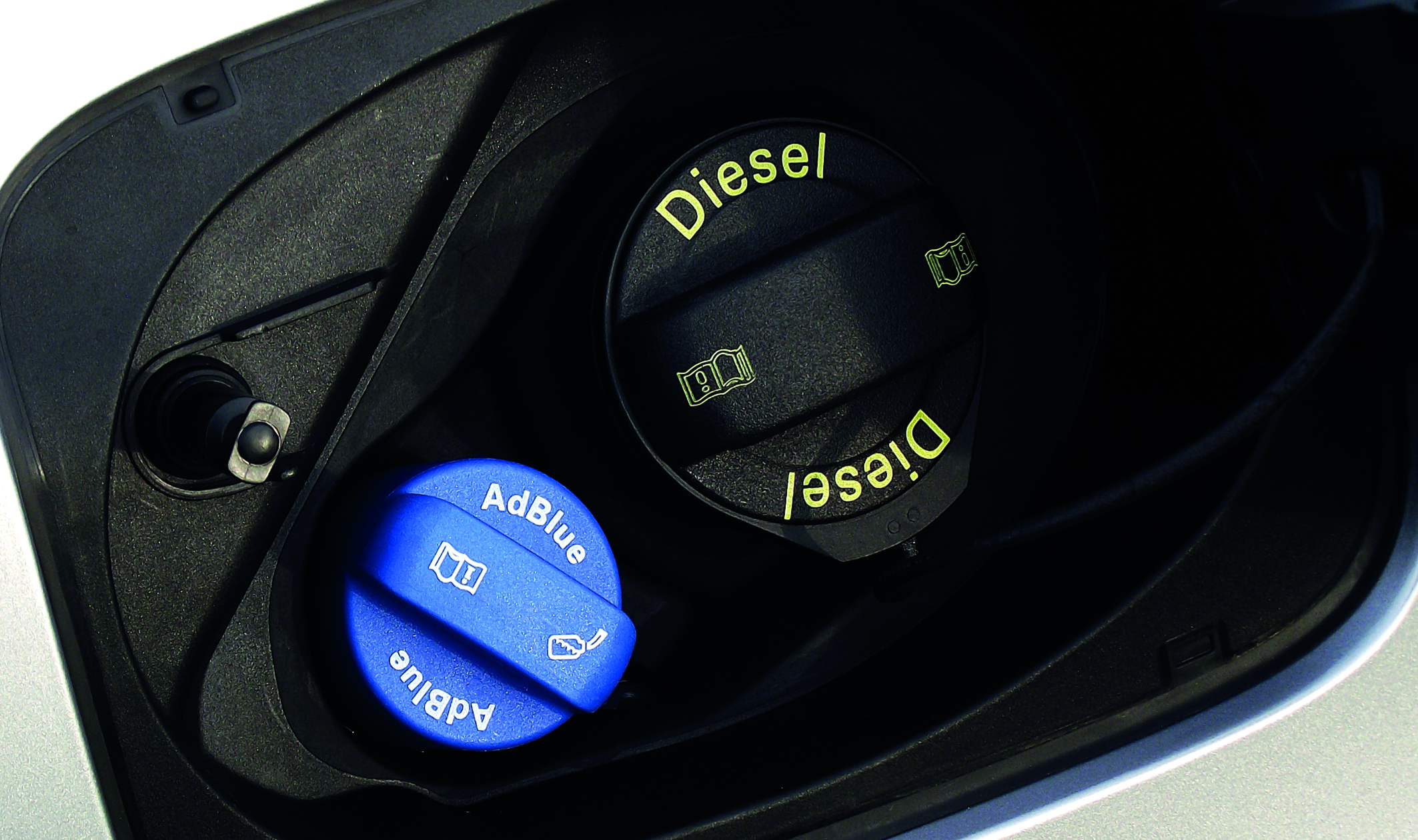Understanding the use and mis-use of AdBlue

Many Euro 6 diesel engines require an exhaust additive called AdBlue, which converts harmful NOx emissions into nitrogen and water vapour.
While it has been used in bus and truck fleets for several years, it was extended to cars and vans when the new Euro 6 legislation came into force in September 2015.
AdBlue is poured into a small tank in the vehicle which is exclusively for the addictive. The liquid is injected into the selective catalyst reduction (SCR) system in the exhaust chain, where it triggers the chemical reaction.
Not using AdBlue, or using it incorrectly, can cause the vehicle to brake down or not start, so warning signs should not be ignored.
AdBlue itself is not expensive, but the cost of fixing a vehicle if it is not used correctly can be.
The AA estimates that it dealt with around 20,000 AdBlue-related breakdowns in 2017, which shows that some drivers may still be unaware of how to use the additive.
So it is a good idea to make sure that fleet managers and drivers understand what AdBlue is, what their responsibilities are, and how to use it.
Vehicle policy
An organisation’s vehicle policy should include clear instructions around the use and misuse of AdBlue, as it would do for mis-fuelling petrol with diesel or adding other fluids. It should include information on what to do if an AdBlue warning comes up on the dashboard.
Most vehicles should hold a sufficient quantity of AdBlue to last between scheduled servicing intervals. However, some types of journeys, such as those with frequent stopping and starting, will use up their vehicle’s AdBlue reserves more quickly and will need to be topped up.
Fleet managers need to make sure that drivers are familiar with how to top up their vehicle and make sure the fluid is put in the right place. The location of the tank varies, but is often close to the diesel tank, in the boot, under the carpet, or in the engine compartment – and can usually by identified by a blue cover.
A vehicle policy should also make clear who should pay for AdBlue. It is generally accepted that leasing companies do not cover AdBlue in their service, maintenance and repair (SMR), and so companies need to decide whether they will pay or pass it on to the driver. If they do cover the cost, they need to make clear what the re-filling process is to avoid unnecessary costs.
Fleet managers should research the best place to source AdBlue – whether it be from the dealer network, retail outlets or service stations – as the chargers vary widely.
For truck operators, it may make financial sense to invest in an on-site supply.
A serious matter
Recent news has highlighted the seriousness of using AdBlue incorrectly, and the penalties for interfering with the system.
A haulage firm was recently forced to close down after it was found to have fitted a defeat device which hid the fact that it was not using AdBlue. This case lead to the West of England Traffic Commissioner, Kevin Rooney, warn other haulage operators from tampering with AdBlue systems, saying that using a defeat device can lead to double the NOx emissions. This is a huge concern given the UK’s urban air pollution problem. L






